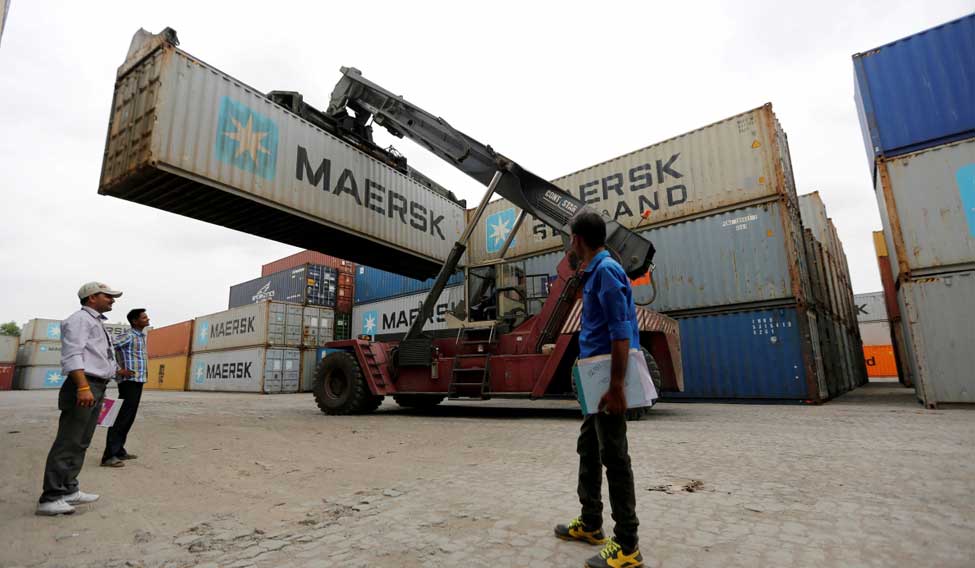Over the last 12 months, Indian economy witnessed two major structural adjustments on both the monetary and fiscal fronts, which happens very rarely. Changing the monetary vehicle and the system of indirect taxation are mammoth tasks. More importantly, implementing two reforms back-to-back in such a short time period requires political gumption on one hand, and bureaucratic and administrative readiness on the other. Overhauling the engine oil of an economy does entail halting time, but the engine can run in future with lesser and cleaner oil more efficiently. That is the positive outcome of demonetisation. Further, with the introduction of GST the earlier mechanism of paying tax at every toll booth has been quashed and now the tax should be paid only at the destination. The revenue-neutral GST effect has to reduce prices by eliminating the cascading effects of earlier system of multiple taxes.
Both the reform measures on monetary and fiscal fronts have had adverse short-term effects on growth and caused a decline of about 1.5 per cent. The structural adjustments do cause these halts, but the pace of the economy will be faster and more efficient in future.
The expectation that the economy would be running more efficiently, after such drastic structural adjustments, is now overshadowed by a negative trend of fundemental nature in the economy. What ails the Indian economy at this juncture is the lack of private investment. India had reached the highest rate of capital formation or fixed investment to GDP of 35 per cent in 2007. But the capital formation in the economy has been consistently falling since then, and more sharply after 2012-13. As the economy grew, there was some moderation in the rate of capital formation, but the decline has been much sharper and has caused the overall growth rate to fall or remain stagnant. Decline in the rate to 25.5 per cent in 2016-17 is a real cause for concern.
Agriculture is still dependent on monsoon and the agricultural output has performed better this year due to a good monsoon, and the services sector also remained buoyant. But the troubled sectors are mining, manufacturing and construction. They are the ones which drag the economic growth. The capacity utilisation has fallen from 83 per cent in 2011 to 73 per cent in 2016. What is perplexing is the fact that, despite the lack of investment, the corporate sector continues to show impressive financial performance. In the last quarter ending September, all listed companies displayed a growth of 10 per cent in income and a net profit margin (profit after tax - PAT) of 7.3 per cent, the highest in the last four quarters.
Resultantly, the stock market boom remains unabated. Both the foreign as well as the domestic household investments in the stock market are buoyant. This dichotomy of impressive corporate performance and low investment cycle reflects the cautious approach of the corporates in capex cycle, and more efficient use of current capacities despite being at a lower level than earlier. The phenomenon is not confined to India, it is evident across the globe, including major economies like US, China, Japan and Germany. The corporates across the world are flush with cash, but are reluctant to start the capex cycle as the recovery is still fragile and demand growth is not strong. Despite having a growth conducive demographic profile, India remains unable to break the typical malicious cycle of low investment, low growth in employment and low demand growth.
What the industry—large, medium or small—needs now is a tax relief in the form of earlier investment allowance, to kickstart investments and generate more employment and stimulate consumer demand. The US President, Donald Trump’s recently announced tax reforms aim to do the same in the US and raise its growth rate. If inflation remains lower, the RBI will cut interest rate which would also benefit businesses to invest more.
Disclaimer: The views expressed in this article are solely those of the author and do not necessarily represent the views of the publication.





